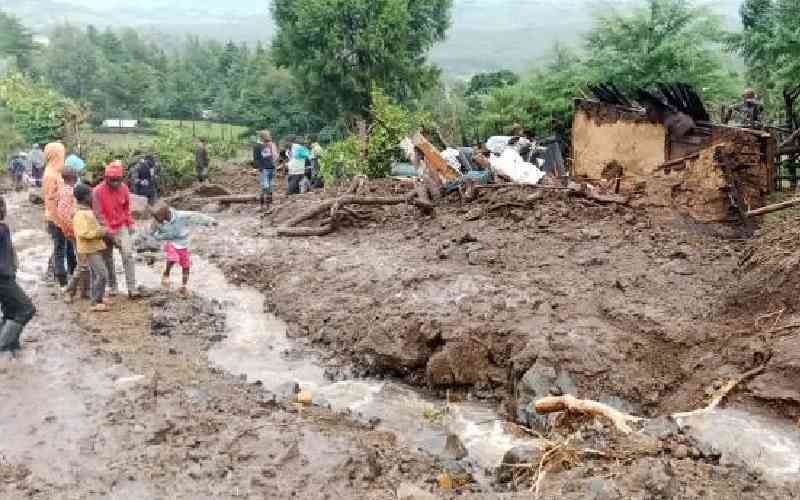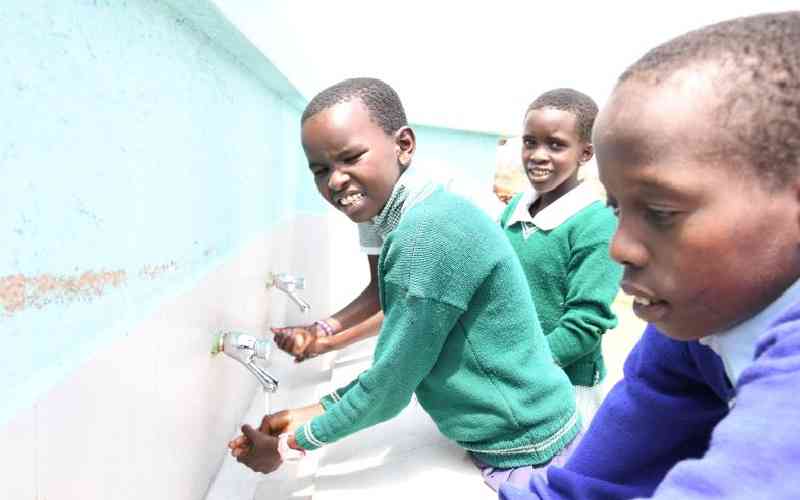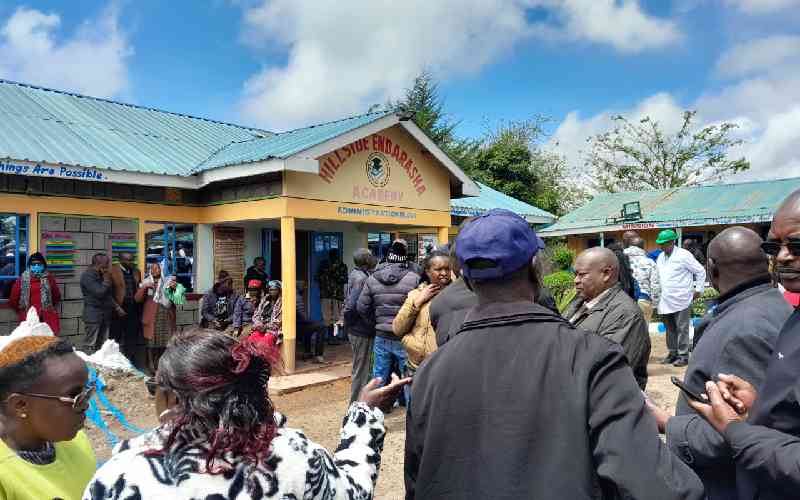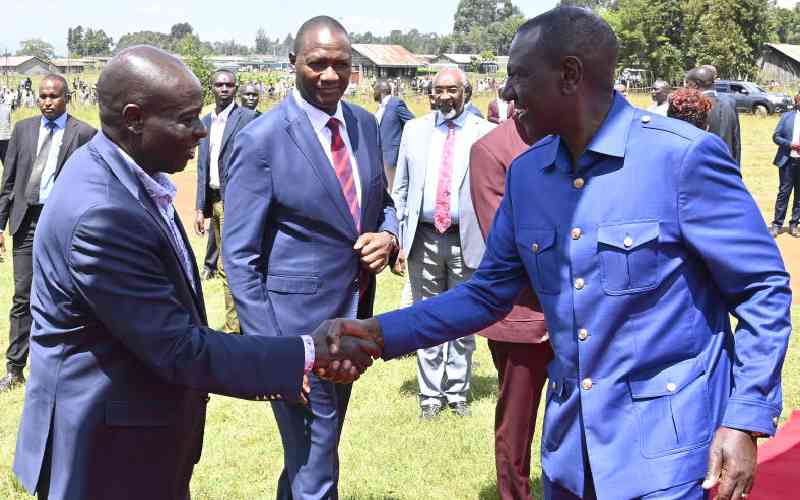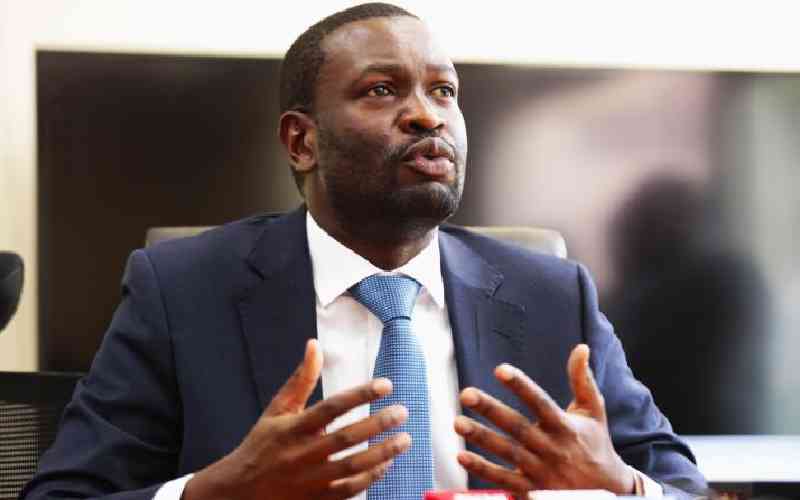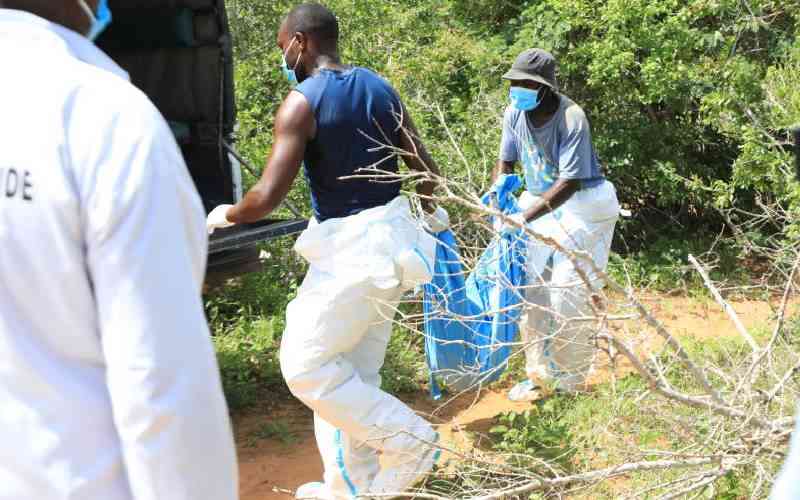By Joe Ombour
When you meet the amiable Mohamed Shurie for the first time, you cannot discern that he is like a god to his people. They like him so much that they have even nicknamed him Bwana Maji.
Bwana Maji, 47, is an answer to a long-term wish of the people of northern Kenya.
Shurie, who is the executive director of the Northern Water Services Board, a position he has held since the board’s inception in 2006, is literally transforming lives in this region in Garissa County.
Ambitious plans
His board’s ambitious plans to create artificial rivers to flow out of River Tana into the thirsty interior of the seared jungles have lifted the CEO’s profile. The people have gone ahead and composed songs to appreciate the effort.
‘The water you are bringing us will benefit us more than the rain that disappears abruptly when we need it most,” one of the lyrics goes.
Already, one such artificial river known as Rahole Canal, which is expected to run 51km to Fafi District complete with water pans has started flowing, transforming entire neighbourhoods for the better in the areas it has reached as irrigated plots flourish with varied crops in an erstwhile barren and desolate landscape.
Garissa, Mandera, Wajir, Isiolo, Laikipia, Samburu and Marsabit counties where Shurie is the main hope for water cover approximately 43 per cent of Kenya.
But most of it is so water-starved in the dry season that it is easier to wash the face with saliva instead of water.
“Some 3.6 million people now depend on us for their water needs,” says Shurie, humbly. But he is not basking in the glory of the achievement. Instead, he says, much more still has to be done to sufficiently supply the population. With water, he is sure this areas is going to become one of the most prosperous in the country.
“I see northern Kenya as the future bread basket of our nation if we harness properly the huge volumes of water from Tana, Ewaso Ng’iro and Dawa rivers that flow to waste into the Indian Ocean,” Shurie says.
Underground water
The board is not just making artificial rivers but is also digging boreholes for the people of North Eastern Province to make use of the underground water.
“We have sunk hundreds of boreholes that have helped reduce animal deaths and waterborne diseases,” he says.
Stay informed. Subscribe to our newsletter
He says once completed, Rahole Canal alone will benefit more than 80,000 people and their animals.
A second canal to originate from Saka, about 50km north of Garissa, will run in a loop for a radius of 30km from the river.
To the northern tip of the province, a huge water project at Rhamu in Mandera District to harness water from the Dawa River is 30 per cent complete.
There are other ongoing projects in Isiolo, Nyahururu and Marsabit.
Shurie says his water crusade for northern Kenya has quenching thirst in once dry areas such as Hulugho, Sangalo and Mudogashe where deep bore holes have been used to tap the vital commodity from the entrails of the barren earth.
Shurie says his involvement in matters to do with water in an area under the perpetual grip of drought stretches back two decades to the time he was district water officer in Garissa, later becoming the North Eastern Provincial water officer.
“I have learnt during the course of my work in the region that proper leadership can indeed move mountains. Most of the board’s achievements are through lobbying for donor assistance, with the Government as a facilitator. Such initiatives require shrewd leadership.”
Poor leadership
“So, poor leadership at the local level is mainly to blame for the region’s stagnation since independence.”
But the local people are not innocent either. They have contributed to environmental degradation by wanton felling of trees, a practice that must end.
Bwana Maji, who holds a Bachelor of Science Degree in education from an institution in Somalia, a Masters Degree in Business Administration from Kenyatta University and a Degree in Hydrogeology from Dalhouse University in Canada, is determined to leave footprints in the region.
 The Standard Group Plc is a
multi-media organization with investments in media platforms spanning newspaper
print operations, television, radio broadcasting, digital and online services. The
Standard Group is recognized as a leading multi-media house in Kenya with a key
influence in matters of national and international interest.
The Standard Group Plc is a
multi-media organization with investments in media platforms spanning newspaper
print operations, television, radio broadcasting, digital and online services. The
Standard Group is recognized as a leading multi-media house in Kenya with a key
influence in matters of national and international interest.
 The Standard Group Plc is a
multi-media organization with investments in media platforms spanning newspaper
print operations, television, radio broadcasting, digital and online services. The
Standard Group is recognized as a leading multi-media house in Kenya with a key
influence in matters of national and international interest.
The Standard Group Plc is a
multi-media organization with investments in media platforms spanning newspaper
print operations, television, radio broadcasting, digital and online services. The
Standard Group is recognized as a leading multi-media house in Kenya with a key
influence in matters of national and international interest.

